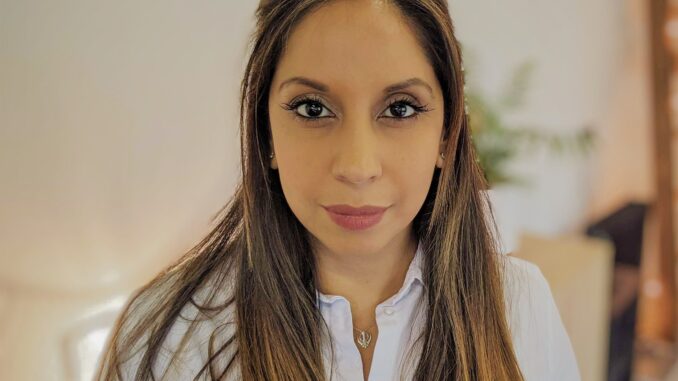
Featured in this week’s spotlight is Harminder (Harry) Blackburn, Head of Enterprise Business Architecture of Liberty Specialty Markets.
Having worked in insurance for over twenty years across Business Architecture, Business Change and IT, Blackburn has amassed vast and diverse experience of Specialty and Reinsurance markets.
To Blackburn, Business Architecture represents a structured, but creative approach, bringing together strategic concepts, innovative ideas, and business goals to create practical blueprints for the future.
We wanted her perspective, so we reached out for thoughts on several key questions.
Question: How did you get your start in the industry?
Answer: Having worked in various roles across IT infrastructure, development, process, and business analysis, I have always had a growing awareness of Business Architecture/ Design disciplines throughout my career. Over time, I became increasingly drawn to the way that Business Architecture aligns business value to customer needs and the rational way in which it does this. The discipline wasn’t prevalent in the specialty insurance industry at that time, but the opportunity was very much there. I read, learned, and joined communities to understand more, before becoming an independent consultant. My aim was to apply Business Architecture at selected assignments, whilst continuing to learn from external communities, training, and resources. I feel very encouraged by the way the discipline and interest around it has grown. It is no longer viewed as a “nice to have.”
Q: What is your current responsibility and what is your typical day like?
A: I manage our practice of six architects, which has grown over three years in response to demand. I am responsible for Business Architecture activity at LSM, whether supporting a specific initiative, or a wider strategy. As a team, we focus on three key areas: Target State & Operating Model design; Enterprise Configuration Management; and Design input. Day-to-day, I provide oversight to these areas to inform business decisions. It is important to me that we continue to mature our practice and ensure it remains aligned to the goals of the enterprise. For this reason, I have created our own framework for Target State and Target Operating Model design, to retain quality and consistency in what we do, but also to “demystify” some well-used, often little-understood terms. Due to growing interest in Business Architecture, I often spend time creating awareness and offering advice on how our tools, mindset and knowledge can be used to achieve strategic aspirations. LSM is part of the much larger Liberty Mutual family. I always enjoy advising group-wide Business Architecture and broader design discussions.
Q: What do you like most about your job?
A: I enjoy breaking complex problems down into component parts and activities, to achieve a strategic goal or solve a business problem. This enables traceability right from design, to delivery, to execution. I like the balance of logic and creativity behind designing target states and solutions. I enjoy assessing where we are, where the next business gap or problem is likely to be, and therefore, where the next logical design tasks may lie.
I also get to work alongside some highly talented individuals, who not only produce robust target designs but ensure that these designs tested with valuable operational, data and market insights.
Q: What trends in architecture are you looking out for the rest of 2023 and 2024?
A: Firstly, something that I’ve been calling “Business Capability Deployment”. We know that even complex business models will need to adapt quickly to changing environments. By understanding how we deploy the same capabilities to enable different value propositions, we can respond to and eventually pre-empt both internal enterprise and external market & customer demands. This plays into the modularity concepts behind Composable Architecture & Composable Business Architecture.
Secondly, related to the point above, I think direct insight from economist or business anthropology disciplines into Business Architecture activity will become essential. Challenging economic conditions and evolving customer expectations are here to stay. It is important for Business Architecture to use these insights to deploy capabilities quickly and correctly.
Q: What is one thing we can do to support or increase the women in architecture?
A: Not focus too much on titles! I think promoting architecture as a mindset and a way of thinking is more important than the term itself. We know from research that most women tend not to apply for jobs unless they meet close-to all criteria. By creating awareness of what architecture roles entail (eg Business Design/Impact Analysis/Scenario Modelling/Solution Design), we will widen both the appeal and the reach. This also means that we need to be better at spotting and supporting talent. Especially where women are already performing similar roles and demonstrating abilities under other titles.
